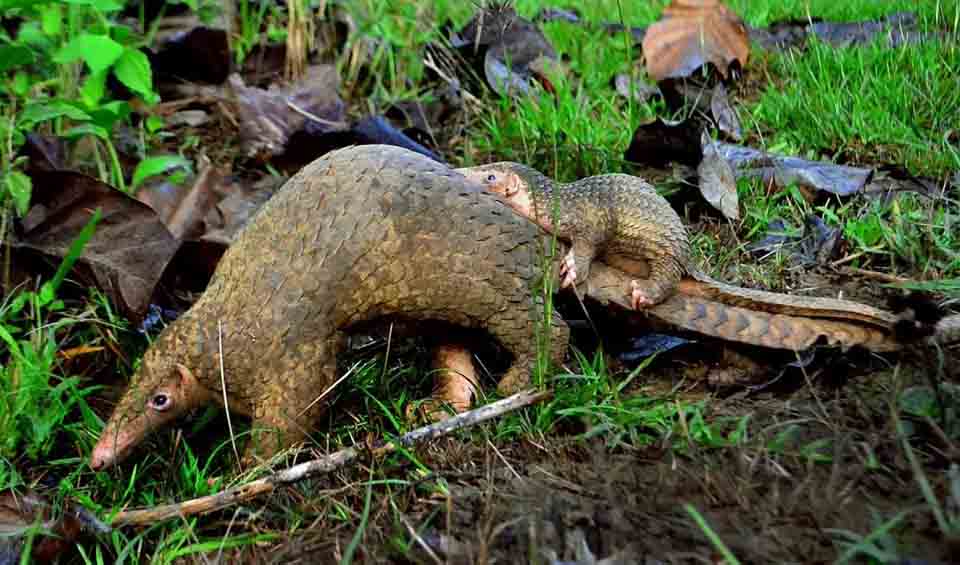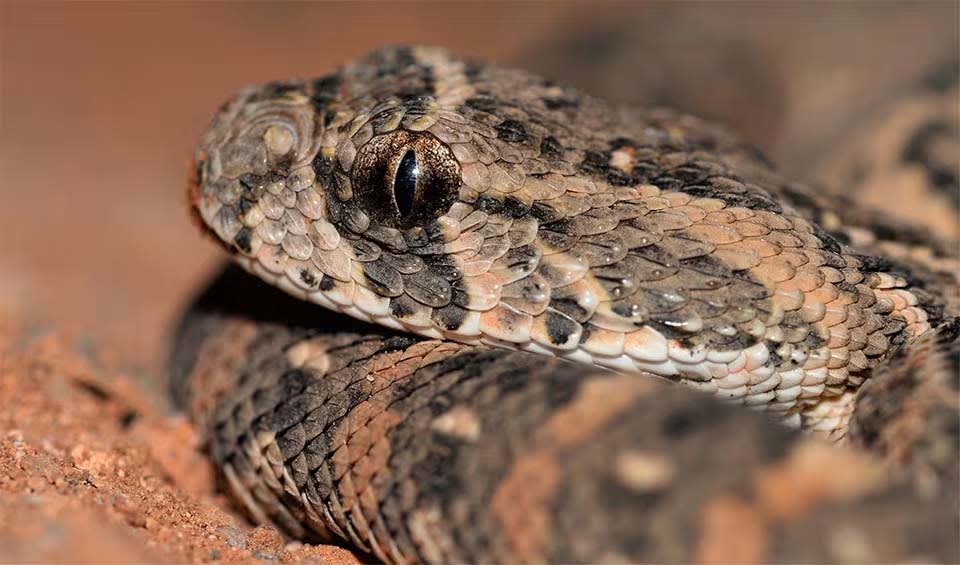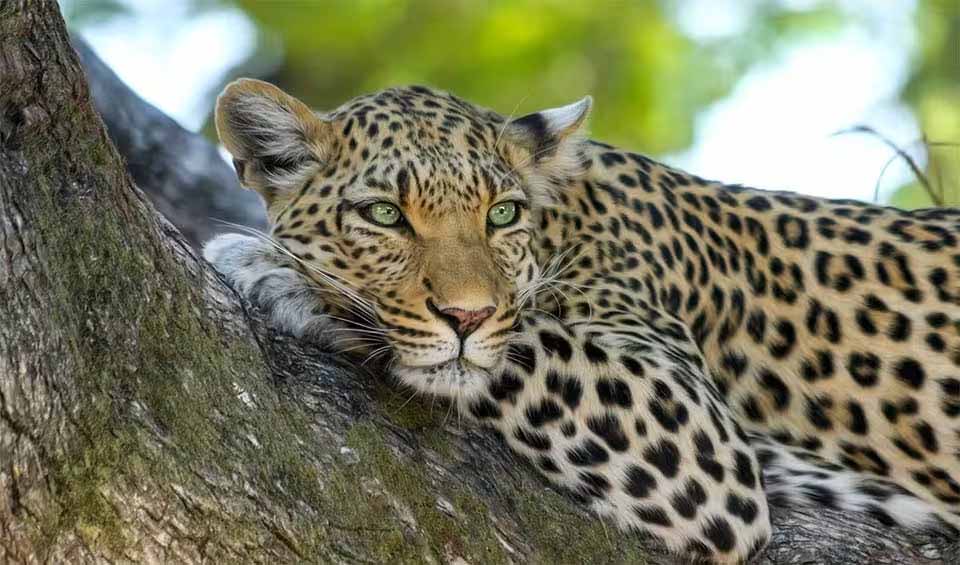Often referred to as the “Land of a Thousand Hills,” Rwanda is a small, landlocked country located in the Great Lakes region of East Africa. It is bordered by Uganda to the north, Tanzania to the east, Burundi to the south, and the Democratic Republic of the Congo to the west. Despite its turbulent history, Rwanda has experienced significant recovery and development in recent decades, making it a model of rapid economic growth and stable governance in Africa.
Rwanda’s topography is predominantly hilly and mountainous, with grassy uplands and deep valleys. The country’s highest mountains are found in the Virunga volcano chain in the northwest; this region is also home to the famous Volcanoes National Park, where mountain gorillas can be observed in their natural habitat. The central part of the country features rolling hills, while the eastern region has savannahs that are part of the wider East African savannah ecosystem.
Four pillars elaborated:
Rwanda currently designates 9 Protected Areas covering approximately 232,000 hectares (2,320 km²) of land, constituting around 9.11% of the country’s territory. The proposed National Land Use and Development Master Plan (NLUDMP) for 2020-2050 aims to allocate 37.7% of the nation’s surface area for conservation purposes, aligning with global targets set by the Sustainable Development Goals (SDGs) program, which aims for 27% conservation coverage. Notably, three of these protected areas are transboundary, including the Greater Virunga landscape shared by Rwanda, Uganda, and the Democratic Republic of the Congo (1,500,000 hectares (15,000 km²)), the Kagera TFCA involving Rwanda, Tanzania, and Uganda (25,000 hectares (250 km²)), and the Nyungwe-Kibira area between Rwanda and Burundi (117,100 hectares (1,171 km²)). Land Management
Land Management
Over time, biodiversity has faced numerous threats leading to declines in species diversity, population numbers, and the degradation of ecosystems. These threats encompass a wide range of factors, including poaching, encroachment on habitat boundaries, wildfires, invasive species, predation, deforestation, illegal mining, unauthorized grazing, conflicts between humans and wildlife, construction of dams, reductions in water levels, poisoning of wildlife and fish populations, commercial fishing practices, inadequate regulatory measures, expansion of infrastructure, water extraction activities, harvesting of plants and animals, drainage of wetlands outside protected areas, transmission of diseases from livestock to wildlife, habitat fragmentation, and the impacts of climate change. Threats to Biodiversity
Threats to Biodiversity
Rwanda is actively engaged in the preservation of its abundant biodiversity. Through the establishment of a network of protected areas encompassing national parks, forests, and wetlands, the country demonstrates its commitment to conservation. Additionally, Rwanda has ratified several international agreements pertaining to biodiversity preservation. Local communities are integral to Rwanda’s conservation endeavors, actively participating in the management of protected areas, reforestation initiatives, and the promotion of sustainable agricultural practices. Capacity and Governance
Capacity and Governance
With nearly 40% of its land designated for conservation, which includes four national parks, four protected wetlands, and various forest reserves, Rwanda prioritizes the safeguarding of its natural heritage. Leveraging tourism as a conservation tool, the country endeavors to preserve its landscapes and diverse wildlife, including endangered species like mountain gorillas and golden monkeys.
Rwanda’s National Biodiversity Strategy and Action Plan (NBSAP) targets the restoration and preservation of the nation’s biodiversity by 2040, aiming to enhance economic prosperity and improve human well-being. Acknowledging the pivotal role of local communities in shaping the country’s biodiversity trajectory, Rwanda is implementing initiatives to empower these communities and facilitate their active engagement in conservation endeavors. Future Trends
Future Trends
Biodiversity
Despite its small size, Rwanda’s diverse landscapes include volcanoes, montane rainforests, savannas, and wetlands, each contributing to its rich biological heritage. Located in the Albertine Rift, one of Africa’s most important biodiversity hotspots, Rwanda’s ecosystems support many plant and animal species, many of which are endemic or endangered. One of Rwanda’s most famous regions for biodiversity is the Volcanoes National Park, located in the northwest of the country. This park is part of the larger Virunga Massif, a chain of volcanoes that extends into Uganda and the Democratic Republic of Congo. Volcanoes National Park is renowned for being one of the last remaining habitats of the critically endangered mountain gorilla. Conservation efforts here have helped to increase the gorilla population, making it a symbol of successful wildlife protection. The park also hosts other primates, such as the golden monkey, and various bird species, including the Rwenzori turaco and the handsome francolin.Akagera National Park, located east of Rwanda, showcases a different aspect of the country’s biodiversity. With its rolling plains, lakes, and wetlands, this savanna park is home to large mammals such as elephants, lions, giraffes, and buffalo. Akagera’s wetlands are vital for birdlife, with species like the shoebill stork and papyrus gonolek thriving in these habitats. The park’s successful reintroduction of lions and rhinos has made it a prominent example of wildlife restoration.
In the table below are the number of known species in several main groups, how many of these species are Threatened with extinction, and how many of them are Endemic (unique to Rwanda only):
| Species (World rank) |
Threatened | % Threatened | Endemic | % Endemic | |
|---|---|---|---|---|---|
| Mammals | 211 (#54) | 24 | 11.4% | 1 | 0.5% |
| Birds | 636 (#46) | 23 | 3.6% | 1 | 0.2% |
| Reptiles | 83 (#100) | 2 | 2.4% | ||
| Amphibians | 45 (#63) | 2 | 4.4% | 3 | 6.7% |
| Fishes | 73 (#195) | 8 | 11.0% | 5 | 6.8% |
| Plants | 3,000 (#117) | 41 | 1.4% | 280 | 9.3% |
mammals
Eastern gorilla
Much larger than any other ape, it is the rarest of two gorillas species
African wild dog
85% successful kills! Yet irreversibly waning, it is among the most endangered canids in Africa
Ground pangolin
Often referred to as “scaly anteaters” due to their diet and appearance
birds
Shoebill
One of the most bizarre creatures you can ever lay your eyes upon
Purple-crested turaco
These birds were once hunted for their beautiful crimson flight feathers
Red-billed quelea
The most numerous wild bird species in the world
reptiles
Nile crocodile
One of the most iconic animals of Africa and the second largest reptile on earth
Black mamba
Africa’s most feared snake that would inevitably evoke reactions of fear by just its looks
Puff adder
Notoriously grumpy, always putting on a dramatic hissy fit when approached
National Animals
Leopard
Disappearing graceful shadows, this tree-climber is on the way to extinction














